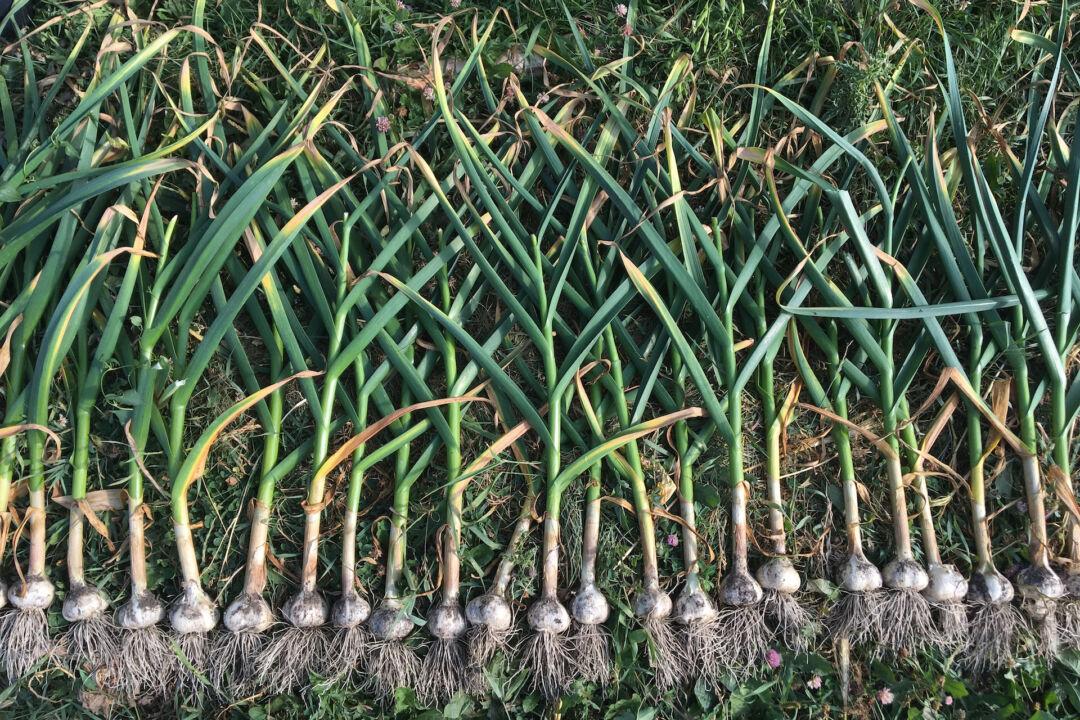When I’m looking to save money on food, I don’t usually hit the sushi bar. But it recently clicked for me that one of the most delicious, nutritious, and reasonably priced foods on earth is available wherever sushi is sold. And you can make it perfectly at home for even cheaper.
Edamame is Japanese for immature soybeans. As such, these tender treasures have not developed to the point where they could be dried and stored as a stable commodity. Instead, edamame is typically sold fresh or frozen, either shelled or still in pods. It’s not hard to prepare, and when edamame is available it can be difficult to focus on anything else.
The sushi restaurant method of preparing edamame is to boil the whole pods and serve them salted. You eat them like soft peanuts, squeezing the chewy seeds from the pods and into your mouth. The beans get dusted with salt en route to your mouth, and the combination of sodium, glutamate, and amino acids fill you with a savory, umami-borne satisfaction.
Eating them is something of a high-speed meditation. My son, who claims sushi as his favorite food, will completely ignore a table laden with expensive raw fish if there is edamame within reach. Even sugary drinks get the cold shoulder as he eats edamame like stolen Halloween candy.
The fact that a humble bowl of beans can hold its own against the likes of a rainbow or spicy scallop roll, or a flower made from yellowtail sashimi, is an important reminder that we don’t need to overspend on food in order to have a good time. A bushel of soybeans is currently worth about $16 on the commodities market, and weighs about 60 pounds. So theoretically, one could load up on a year’s supply of edamame for the price of a typical sushi roll.
An Edamame Education
Since I realized just how enthusiastic my kids are for edamame, I’ve been bringing home frozen bags and boiling, salting, and serving it at every opportunity. Edamame is healthy, cheap, and easy to prepare, and the kids love it, so there really isn’t much reason to serve them anything else. In the morning, they’d rather have edamame than bacon. At night they inevitably prefer edamame to whatever delicacy I could spend hours preparing. So why bother?Early on in my edamame education, I had assumed that buying it shelled made better sense than buying it in pods, because the price per pound is nearly the same, and you get many more beans per pound if you aren’t paying for pods. But if you want to reproduce the experience of sushi bar edamame, it must be served intact. The pod, though flavorless and too fibrous to chew, is an inextricable part of the experience.
But if you are using edamame as an ingredient in a more complex dish, it makes sense to buy shelled edamame. Not only is it cheaper per bean, but the work of shelling has already been done. If you want to whip up batch of edamame hummus, for example, or a quick pot of edamame mac and cheese, you’ll want to buy them shelled.
I’ve been making edamame pasta primavera, which translates to “spring pasta” in Italian. This classic dish is designed to incorporate fresh, seasonal veggies like spinach, asparagus, peas, or parsley in a white sauce. Italian cooks are no strangers to adding whole beans to pasta dishes, and thanks to my edamame education, neither am I.
Edamame Primavera
The preferred pasta for this dish is a small, round noodle such as radiatori, which has a similar shape to edamame bean itself. Long, skinny noodles like fettuccine, by contrast, would be more difficult to keep mixed with the beans, which would settle to the bottom of the bowl.- 1 pound radiatori or similarly round pasta
- 1/4 pound chopped ham, bacon, or pancetta (optional)
- 1 tablespoon olive oil
- 1 tablespoon butter
- 1 cup minced onions
- 1 cup quartered mushrooms
- About 1/2 pound fresh spring vegetables, such as asparagus, chopped and prepped for the pan
- 2 cloves garlic, minced
- Pinch of grated or ground nutmeg
- Red pepper flakes, to taste
- 1 teaspoon anchovy paste or chopped anchovies or fish sauce (optional)
- Juice and zest of 1/2 lemon
- 1/2 cup milk
- 1/4 cup cream
- 1 cup shelled edamame beans
- 1/2 cup grated Parmesan cheese
- 1/2 cup chopped parsley
- Garnish: more grated cheese and chopped onions, spring onions, ramps, chives, or similar onion-like vegetable
While the pasta is cooking, fry the pancetta (if using) in a large pan on medium heat until brown. Add the olive oil and butter to the pan, along with the onions and mushrooms. When the onions are translucent—about 5 minutes—add the asparagus or other veggies, and the garlic. As this sputters, add the nutmeg, red pepper flakes, anchovies or fish sauce (if using), and the lemon juice and zest. After another 5 minutes, when the asparagus is nearly done, add the milk, cream, and edamame. Simmer for another 5 minutes.
Add the cooked pasta to the sauce. Add the cheese and parsley to the pasta. Stir it all together, and season with salt and pepper, if necessary. Garnish with cheese and raw onion and serve.





